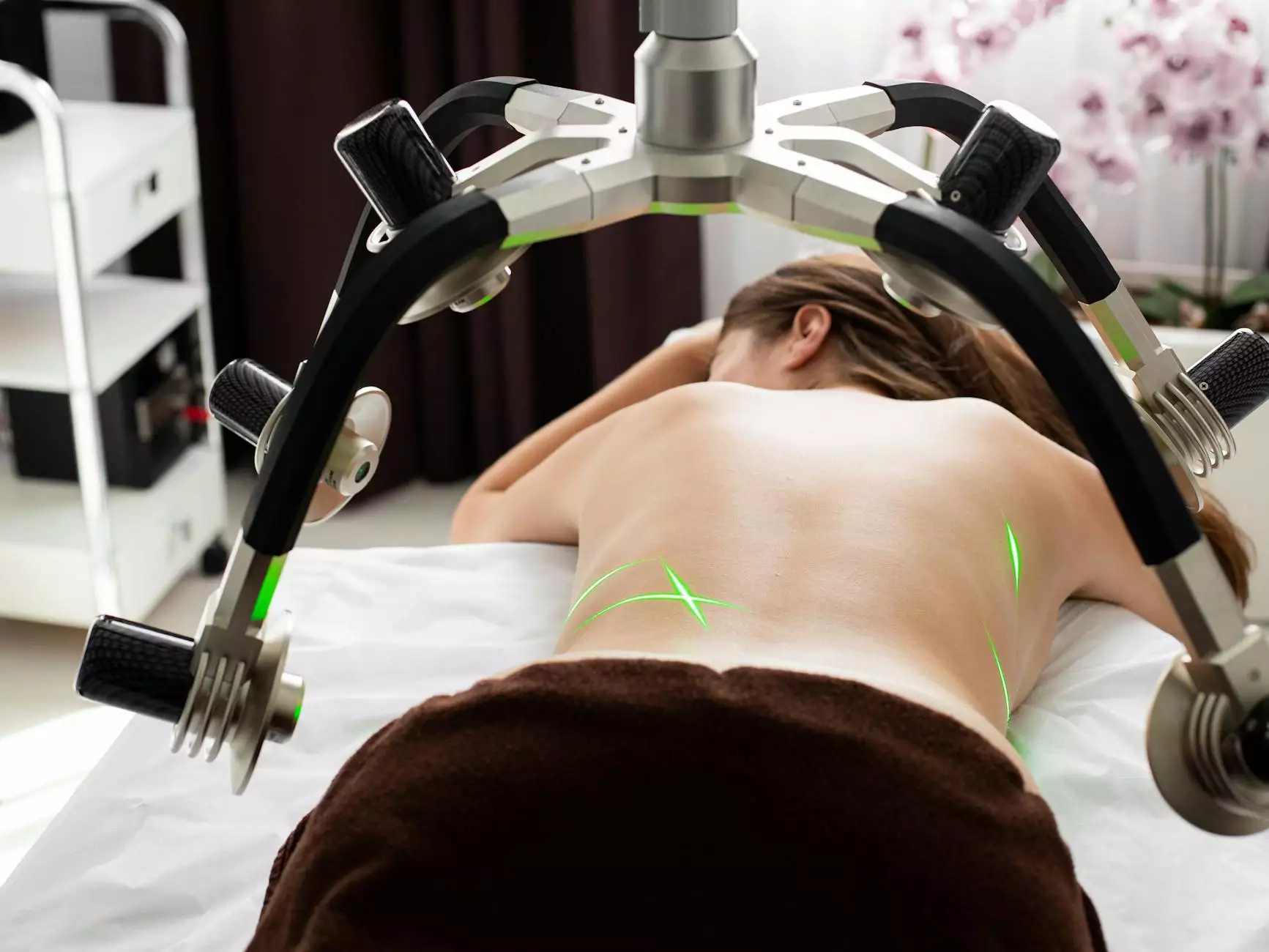Lymphedema Massage Therapy: A Comprehensive Guide

Lymphedema, a condition characterized by the accumulation of lymphatic fluid, often affects individuals following surgery, trauma, or genetic predisposition. While it can lead to discomfort and swelling, lymphedema massage therapy serves as a crucial intervention that can significantly enhance the quality of life for those affected. This article delves into the fundamentals of lymphedema, explores the efficacy of therapeutic massage, and outlines the essential techniques involved.
Understanding Lymphedema
Lymphedema occurs when lymph fluid is unable to adequately drain, resulting in swelling, usually in the arms or legs. This condition can be primary, stemming from congenital malformations, or secondary, arising from various causes such as surgeries or cancer treatments. Understanding lymphedema is crucial for both patients and health professionals since it helps in determining the appropriate management strategies.
Signs and Symptoms of Lymphedema
Recognizing the signs of lymphedema early is key to effective management. Common symptoms include:
- Swelling in the affected arm or leg
- Tightness or heaviness in the limb
- Restricted range of motion
- Pain or discomfort
- Skin changes, such as thickening or redness
The Role of Lymphedema Massage Therapy
Lymphedema massage therapy plays a pivotal role in managing the symptoms and complications associated with this condition. It involves specialized techniques aimed at promoting lymphatic drainage. This process is vital for reducing swelling, improving mobility, and enhancing overall wellness.
How Lymphedema Massage Helps
The primary benefits of lymphedema massage include:
- Reducing Swelling: Manual lymphatic drainage (MLD) can effectively reduce edema.
- Improving Circulation: Enhanced circulation promotes healing and nutrient delivery.
- Alleviating Discomfort: Massaging affected areas can relieve pain and tension.
- Boosting Immune Function: Improved lymphatic flow aids in immune system efficiency.
- Emotional Well-being: Therapeutic touch can contribute positively to mental health.
Techniques in Lymphedema Massage
Professional lymphedema therapists are trained in various techniques to provide effective treatment. Here are some of the most common methods:
Manual Lymphatic Drainage (MLD)
Manual lymphatic drainage is a gentle, specialized massage technique. It involves movements that help direct lymph flow towards functioning lymph nodes, facilitating drainage and reducing swelling. Key aspects of MLD include:
- Gentle Strokes: Light, rhythmical strokes are used to move lymph fluid.
- Sequential Techniques: Techniques are applied in a specific order to maximize effectiveness.
- Pressure Adaptation: Therapists adjust pressure based on the patient's tolerance and condition.
Compression Therapy
In conjunction with lymphedema massage therapy, compression therapy involves the use of bandages or garments. This technique helps maintain reduced swelling by preventing fluid accumulation. Key benefits include:
- Support of lymphatic flow
- Prevention of limb size increase
- Assistance in healing of skin integrity
Where to Find Qualified Lymphedema Massage Therapists
Finding a qualified lymphedema massage therapist is crucial for effective treatment. Here are some tips to locate the right professional:
- Certification and Training: Look for therapists with specialized training in lymphedema management.
- Experience: Consider therapists who have experience working with lymphedema patients.
- Options for Collaboration: Select therapists who work with a multidisciplinary team, including physicians and physical therapists.
- Testimonials and Recommendations: Research reviews and seek recommendations from healthcare providers.
Integrating Lymphedema Therapy into Health and Wellness
Addressing lymphedema effectively requires a holistic approach. Here are strategies to integrate lymphedema massage therapy into a comprehensive care plan:
Regular Assessments
Regular assessments by healthcare providers ensure that the treatment remains effective and tailored to changing needs.
Complementary Therapies
Integrating other therapies such as physical therapy and exercise can enhance the benefits of lymphedema massage:
- Exercise: Tailored exercise programs can improve mobility and promote lymph flow.
- Nutritional Support: Proper nutrition can support fluid balance and overall health.
Client Experience: What to Expect During a Session
Understanding what to expect during a lymphedema massage therapy session can help clients feel more comfortable and informed. Typically, a session may include:
- Consultation: An initial consultation to discuss medical history and concerns.
- Assessment: Observation and assessment to identify swelling patterns.
- Personalized Treatment: Development of a personalized treatment plan based on individual needs.
- Follow-up: Regular follow-ups to monitor progress and adjust treatment as necessary.
Conclusion
Lymphedema massage therapy is a vital component in the comprehensive management of lymphedema. By promoting lymphatic drainage, alleviating discomfort, and improving overall well-being, it offers substantial benefits for individuals living with this challenging condition. Finding a skilled therapist and take advantage of these therapeutic services can significantly enhance health and quality of life. For those searching for expert lymphedema therapy, visit Hello Physio for dedicated services tailored to your needs.


